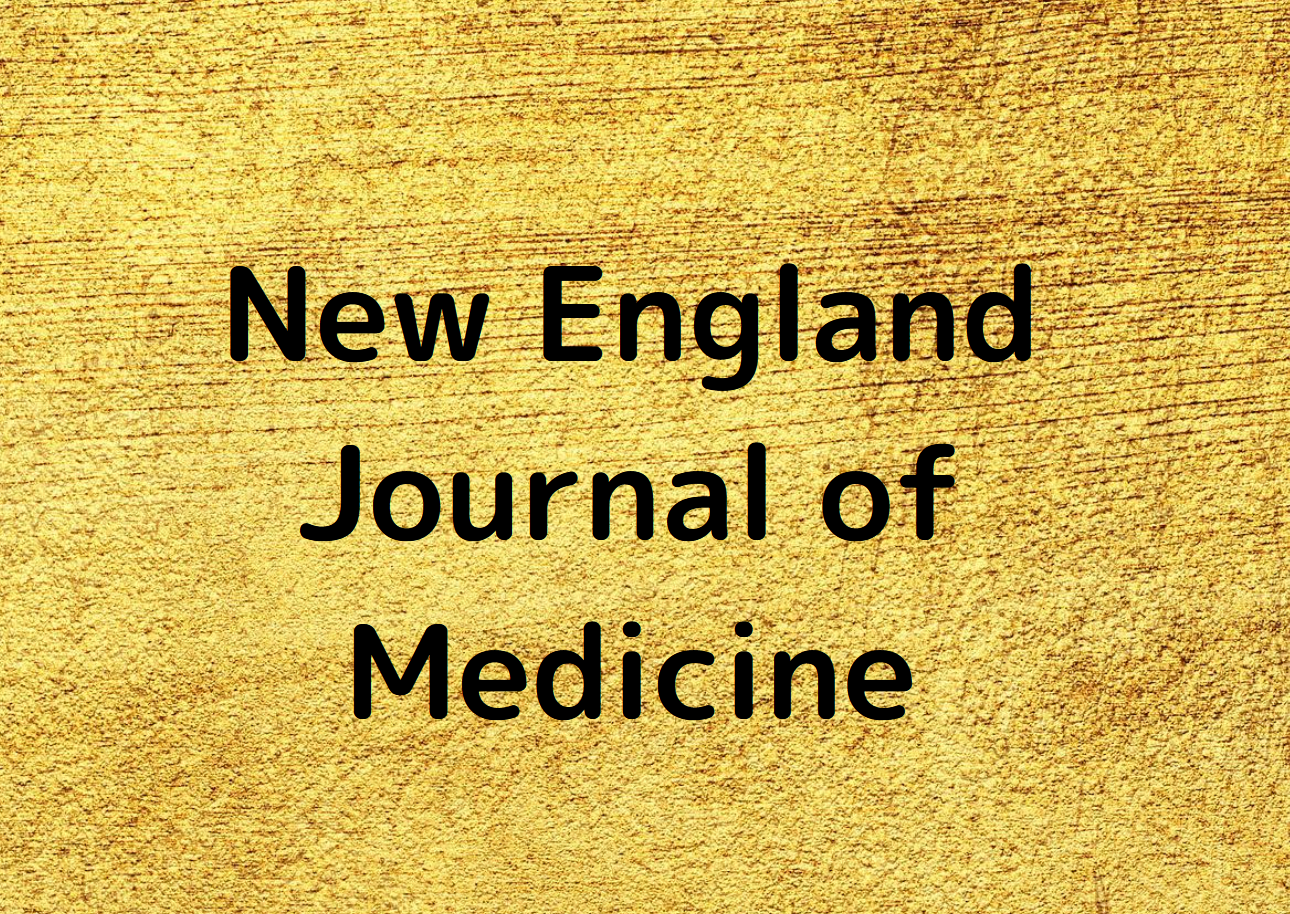New England Journal of Medicineにも頻出するが、重症 (severe) と重篤 (serious) は異なる概念なので、きちんと訳し分けることが必要である。
メディカル翻訳者であれば体に染みついているので、訳語を間違えることなどないと思うが、重症度と重篤度の概念についておさらいしておこう。
まずは、重症度から。
重症度に関して、以下に、Common Terminology Criteria for Adverse Events (CTCAE) Version 5.0の原文と訳文を引用する。
■Common Terminology Criteria for Adverse Events v5.0 (CTCAE)
Grades
Grade refers to the severity of the AE. The CTCAE displays Grades 1 through 5 with unique clinical descriptions of severity for each AE based on this general guideline:Grade 1 Mild; asymptomatic or mild symptoms; clinical or diagnostic observations only; intervention not indicated.
Grade 2 Moderate; minimal, local or noninvasive intervention indicated; limiting age-appropriate instrumental ADL. Grade 3 Severe or medically significant but not immediately life-threatening; hospitalization or prolongation of hospitalization indicated; disabling; limiting self care ADL*.
Grade 4 Life-threatening consequences; urgent intervention indicated.
Grade 5 Death related to AE.A Semi-colon indicates ‘or’ within the description of the grade
Activities of Daily Living (ADL)
https://ctep.cancer.gov/protocoldevelopment/electronic_applications/docs/CTCAE_v5_Quick_Reference_5x7.pdf
*Instrumental ADL refer to preparing meals, shopping for groceries or clothes, using the telephone, managing money, etc.
**Self care ADL refer to bathing, dressing and undressing, feeding self, using the toilet, taking medications, and not bedridden.
グレード Grades
Grade は AE の重症度を意味する。CTCAE では Grade 1-5 を 以下の原則に従って定義しており、各 AE の重症度の説明を個別に記載している:Grade 1 軽症; 症状がない, または軽度の症状がある; 臨床所見または検査所見のみ; 治療を要さない
Grade 2 中等症; 最小限/局所的/非侵襲的治療を要する; 年齢相応の身の回り以外の日常生活動作の制限*
Grade 3 重症または医学的に重大であるが, ただちに生命を脅かすものではない; 入院または入院期間の延長を要する; 身の回りの日常生活動作の制限**
Grade 4 生命を脅かす; 緊急処置を要する
Grade 5 AE による死亡Grade 説明文中のセミコロン(;)は「または」を意味する。
日常生活動作 Activities of Daily Living (ADL)
http://www.jcog.jp/doctor/tool/CTCAEv5J_20180730_v21_0.pdf
*身の回り以外の日常生活動作(instrumental ADL)とは、食事の準備、日用品や衣服の買い物、電話の使用、金銭の管理などをさす。
**身の回りの日常生活動作(self care ADL)とは、入浴、着衣・脱衣、食事の摂取、トイレの使用、薬の内服が可能で、寝たきりではない状態をさす。
次に重篤度について。
重篤度については、「ICH-E2 臨床上の安全性」のE2Aの原文と訳文を引用する。原文と訳文はきっちり対応するような形式ではないが、それぞれの言語で読みやすいようになっている。
以下に記載されている通り、重篤度は報告のための分類と認識しておこう。
■Clinical Safety Data Management: Definitions and Standards for Expedited Reporting
Serious Adverse Event or Adverse Drug Reaction
During clinical investigations, adverse events may occur which, if suspected to be medicinal product-related (adverse drug reactions), might be significant enough to lead to important changes in the way the medicinal product is developed (e.g., change in dose, population, needed monitoring, consent forms). This is particularly true for reactions which, in their most severe forms, threaten life or function. Such reactions should be reported promptly to regulators.Therefore, special medical or administrative criteria are needed to define reactions that, either due to their nature (“serious”) or due to the significant, unexpected information they provide, justify expedited reporting.
https://www.pmda.go.jp/files/000156018.pdf
To ensure no confusion or misunderstanding of the difference between the terms “serious” and “severe,” which are not synonymous, the following note of clarification is provided:
The term “severe” is often used to describe the intensity (severity) of a specific event (as in mild, moderate, or severe myocardial infarction); the event itself, however, may be of relatively minor medical significance (such as severe headache). This is not the same as “serious,” which is based on patient/event outcome or action criteria usually associated with events that pose a threat to a patient’s life or functioning. Seriousness (not severity) serves as a guide for defining regulatory reporting obligations.
After reviewing the various regulatory and other definitions in use or under discussion elsewhere, the following definition is believed to encompass the spirit and meaning of them all:
A serious adverse event (experience) or reaction is any untoward medical occurrence that at any dose:
* results in death,
* is life-threatening,
NOTE: The term “life-threatening” in the definition of “serious” refers to an event in which the patient was at risk of death at the time of the event; it does not refer to an event which hypothetically might have caused death if it were more severe.
* requires inpatient hospitalisation or prolongation of existing hospitalisation,
* results in persistent or significant disability/incapacity, or
* is a congenital anomaly/birth defect.
2)重篤*2な有害事象または副作用
治験中に有害事象が発現し,当該医薬品との因果関係が疑われる(すなわち副作用)と,その後の開発方針に重要な変更(用法・用量,患者層,必要な観察・検査項目,同意書式等の変更)が必要となる場合がある。
これは,生命または生理機能を脅かすような副作用の場合に特に言えることである。このような副作用は直ちに規制当局へ報告されるべきである。
従って,その副作用の性質(重篤度),またはそれが重要な予測できない情報であるか否かにより緊急報告の必要性の有無を判断するための医療上または行政上の特別な基準が必要となる。
現在使用されている,または議論中の各国の規制上の定義などを検討した結果,下記に示す項目がそれらの意図するところを包含すると考えられる。
重篤な有害事象または副作用とは,医薬品が投与された(投与量にかかわらない)際に生じたあらゆる好ましくない医療上のできごとのうち,以下のものを言う。
a.死に至るもの
b.生命を脅かすもの*3
c.治療のため入院または入院期間の延長が必要となるもの
d.永続的または顕著な障害・機能不全に陥るもの
e.先天異常を来すもの*2 「重症」という言葉は,ある特定の事象の強さ(激しさ)を表現するために使われることが多い(心筋梗塞の程度が軽度(mild),中等度(moderate),高度(重症,severe)のように).しかしながら,重症の場合でも医学的意義は比較的小さい(重症の頭痛のように)こともある.重症は「重篤」と同義ではない.
https://www.pmda.go.jp/files/000156127.pdf
「重篤」は,患者の生命または機能を危険にさらす事象に関連した患者や事象の転帰または処置基準に基づく用語である.
重篤度(重症度ではない)が規制上の報告義務を規定する指針になる.
*3 「生命を脅かす」とは,その事象が起こった際に患者が死の危険にさらされていたという意味であり,その事象がもっと重症なものであったなら死に至っていたかもしれないという仮定的な意味ではない.

コメント